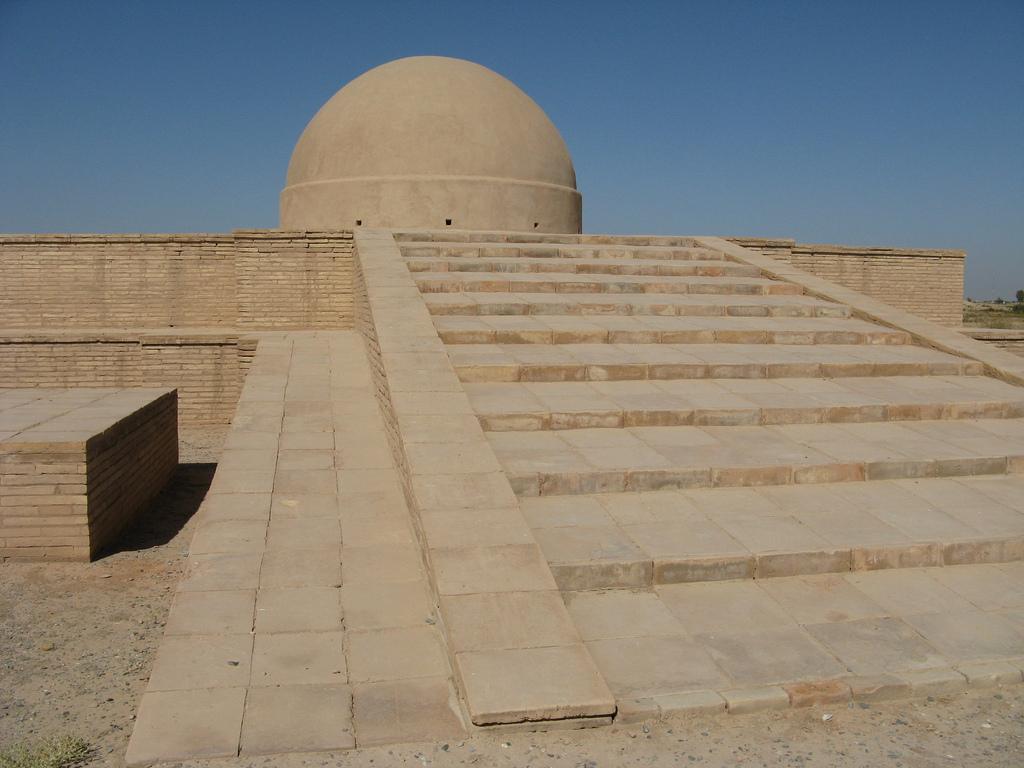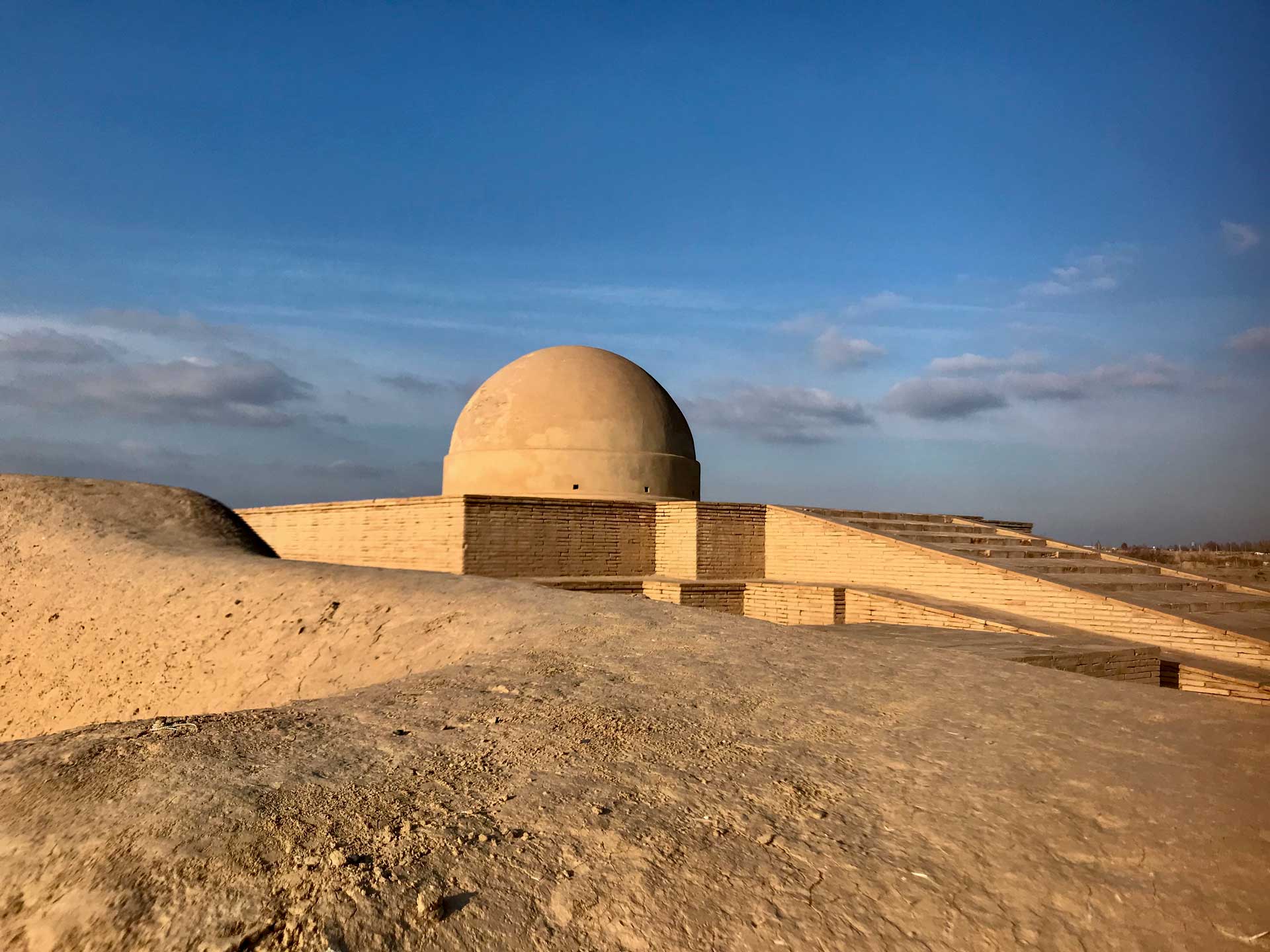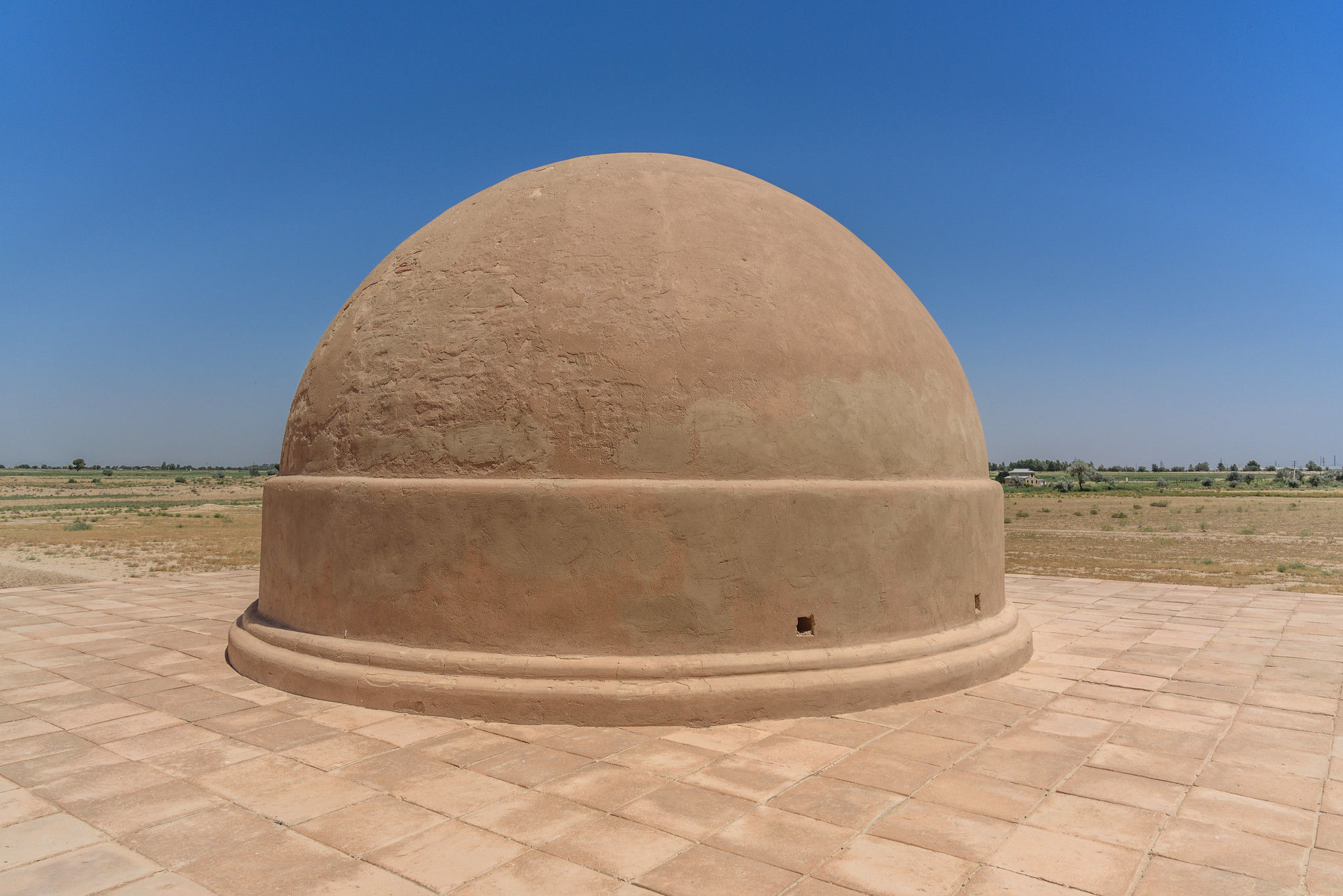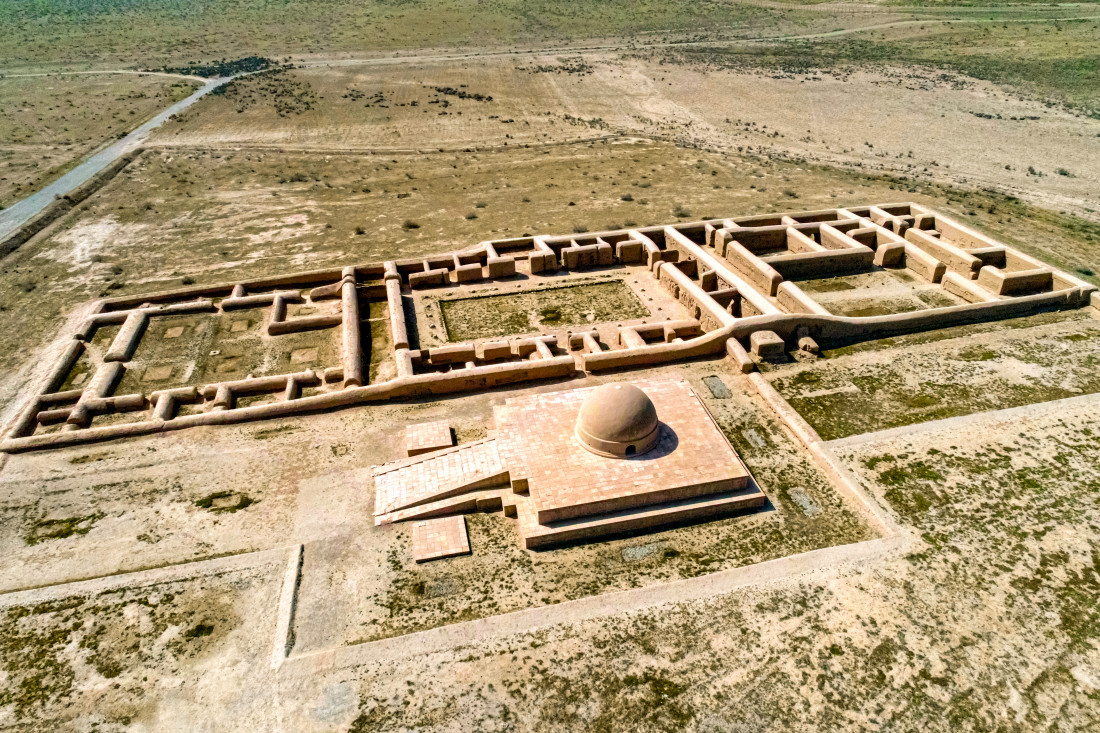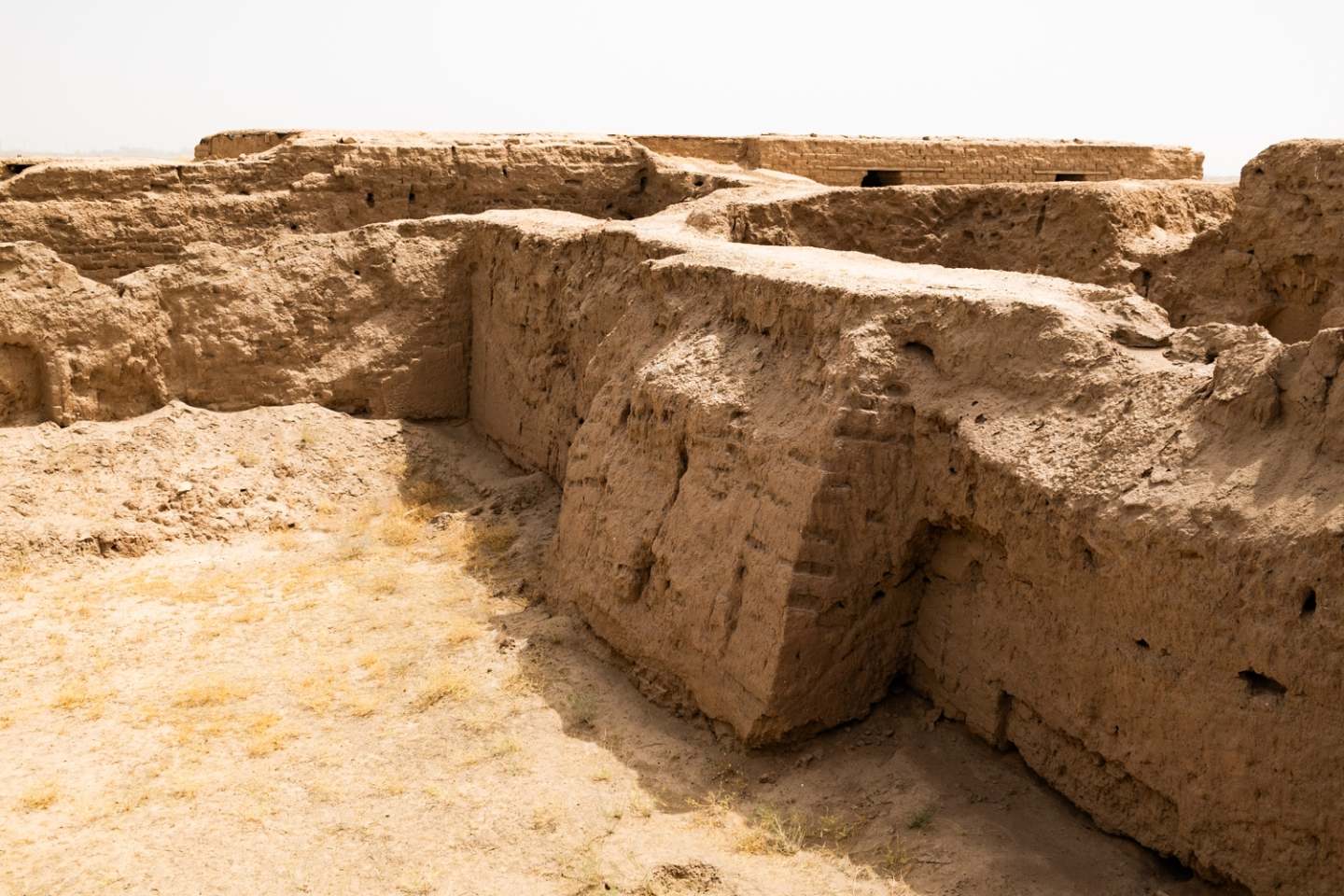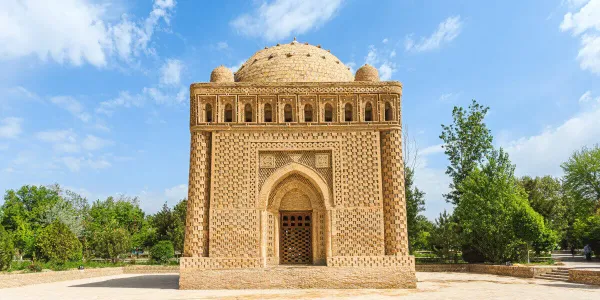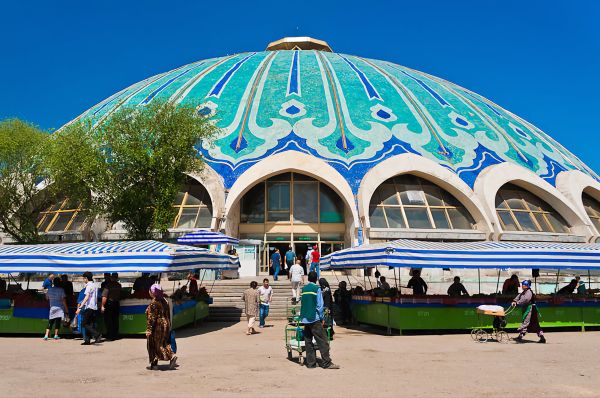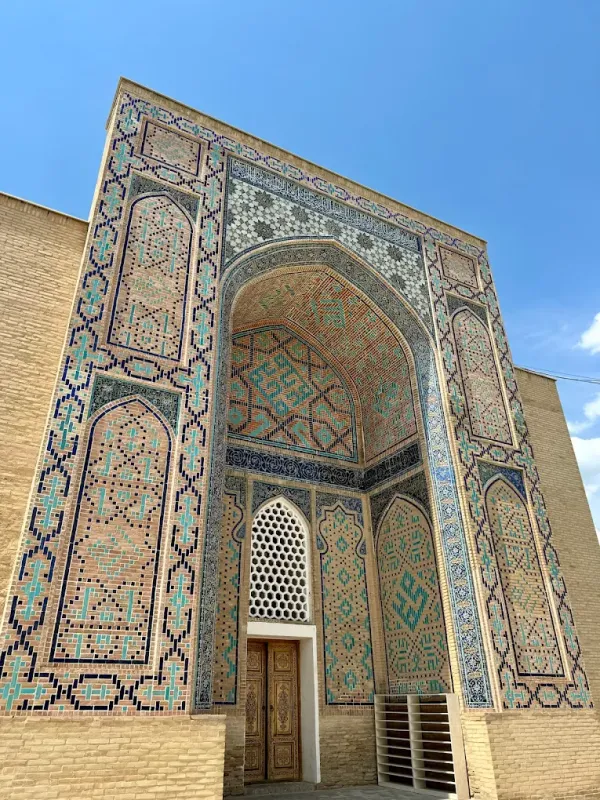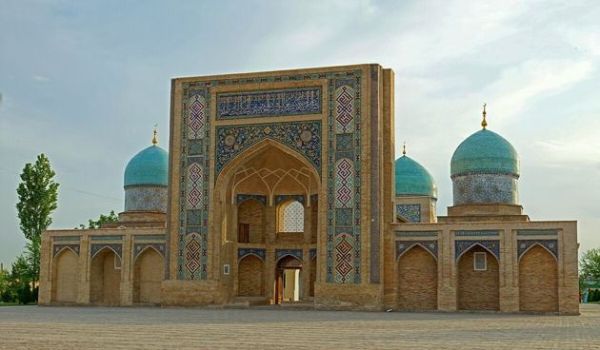Fayaz Tepe Temple
Since ancient times, the territory of Central Asia has been a place of intersection not only of many caravan roads and routes, but also a place where various religions peacefully coexisted in the ancient period: Zoroastrianism, Buddhism, Manichaeism. To date, several Buddhist temple complexes have been preserved in Uzbekistan. Among them, the most famous are Airatam, Kara-tepa and Fayaz-tepa.
The Fayaz-tepa complex was discovered in 1963 by archaeologist L.I. Albaum during excavations near the Buddhist temple on the Kara-Tepa hill in the center of old Termez. This temple complex was notable for its rich paintings and well-preserved sculptures. The plan of the complex is a U-shaped series of corridors, cells and sanctuaries. There is a Buddhist stupa located separately, which is also of great interest.
The building itself can be divided into three separate parts. One part is residential premises and auxiliary buildings. The other was a kind of dining room with a kitchen, and the third served for the performance of religious rituals. Fayaz tepa is not only a cult monument of Buddhism in Central Asia, but also of great value as one of the few monuments of Buddhist painting, which richly decorated the walls of this complex.
The walls along the temple were covered with murals depicting various variations of the Buddha image. The walls of the sanctuary were decorated with images and storylines, one of which is the image of two Buddhas, on the edges of which are painted figures of women. Of particular importance is the fact that the Buddha images in Fayaz-tepe are considered to be among the most ancient of those that have survived to the present day, and date back to the 1st century AD.
It is also worth noting the sculptural compositions found by archaeologists in Fayaz Tepe. In particular, it is a sculpture of the Buddha sitting under the sacred Bodhi tree, and two monks standing on either side of it. All this is included in the arch supported by Corinthian columns. The sculpture was carved from limestone and covered with gilding. Today, this sculptural composition is one of the most valuable exhibits of the Museum of the History of Uzbekistan.
A giant stupa with a height of 10 meters was discovered near the temple. Inside it there is another small stupa three meters high. The age of this find dates back to the 1st century AD.
In the 3rd century A.D., Sasanian troops invaded the territory of Termez, as a result of which many Buddhist temples, including Fayaz Tepe, were destroyed. At the time of the archaeological excavations, the building was heavily destroyed and was under a huge layer of sand and dust. To date, a museum has been opened in Fayaz-tepe, and research and restoration work continues.
